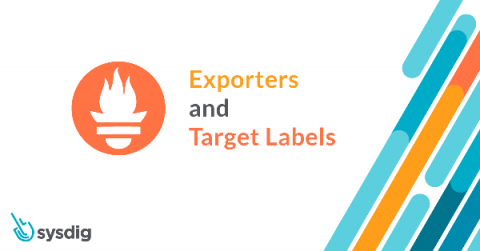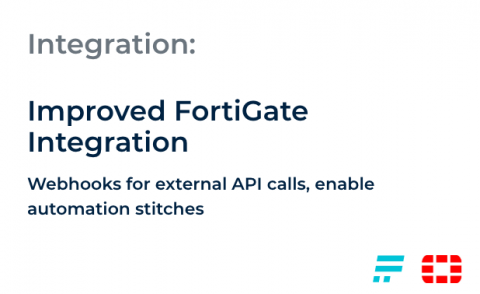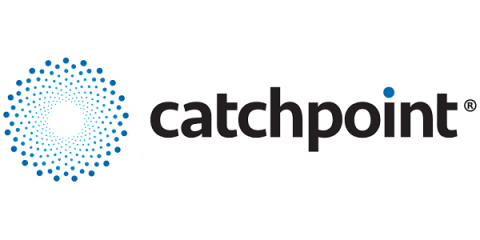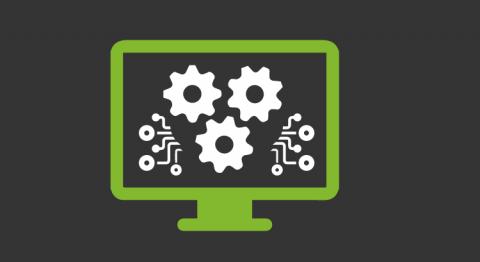Goliath Named Top Virtualization Solutions Provider
IT Pros Troubleshoot and Resolve Citrix and VMware End-User Experience Issues Quickly with Goliath Philadelphia, PA – Aug 5, 2020 – Goliath Technologies, a leader in end-user experience monitoring and troubleshooting software, has been named a Top Virtualization Solutions Provider by Cloud Computing Outlook.











